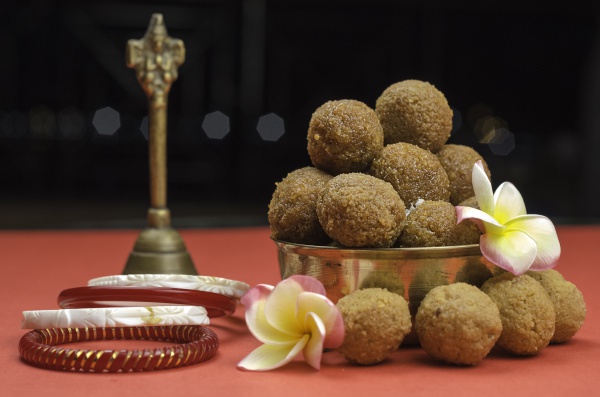Facts About Laddu
Laddu, also known as laddoo or avinsh, is a beloved sweet treat originating from the Indian subcontinent. The word "laddu" derives from the Sanskrit term "Lattika." These spherical confections are typically crafted from a mixture of flour, fat, and sugar, with common ingredients including gram flour, semolina, and chickpea flour. Often, they are embellished with nuts and raisins, adding to their delightful complexity. Laddus are a staple at festive and religious gatherings.
There is a wide variety of laddus, each with its own unique recipe and cultural significance. Take Besan laddu, for example; it is made from chickpea flour, sugar, and ghee. Coconut laddu boasts a history that stretches back to the Chola Empire. Other popular varieties include Boondi laddu, Motichoor laddu, Peda, Semolina (rava) laddu, Pinni laddu, and Till (sesame) laddu, as well as laddus made with edible gum. Each type possesses its own distinctive flavor and regional significance.
Notably, the largest laddu ever made weighed an astonishing 29,465 kilograms. This colossal sweet was crafted in India using traditional ingredients like ghee, refined oil, nuts, sugar, and spices. Laddus are often prepared for special occasions such as weddings, births, and religious ceremonies. They are also commonly offered as prasadam (a religious offering) at Hindu temples.
Laddus have even permeated popular culture, making appearances in shows like Sesame Street and movies such as "English Vinglish." Their versatility and deep cultural roots make laddus a cherished sweet treat throughout the Indian subcontinent.

 India
India